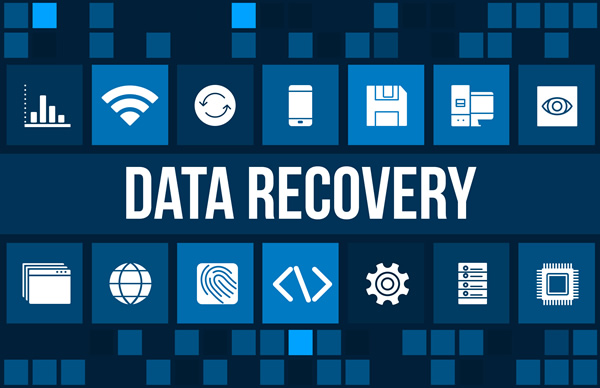
How to Secure Your Data
With a new story about data security breaches and malware attacks appearing in the news each day, the need to secure data has become more important than ever. Even so, the process of securing data can be challenging for most organizations.
While many businesses believe they are immune to data breaches, such a breach can occur to any organization. Data breaches are now taking place more frequently, and it seems as though we learn of new incidents on a daily basis. Such breaches can result in a loss of revenue, damage to your reputation and brand, and even potential liability. Stronger measures have now been put in place to protect consumer data. If your business or organization fails to safeguard such information, you could be at risk for legal damages.
What steps can you take to secure your data? First, you need to become educated about the latest information regarding data security and the best ways to protect your organization. Ensure your organization is PCI compliant. This is imperative if your business processes, transmits, or stores credit card information. If so, you must be compliant with Payment Card Industry Data Security Standards. Failure to do so could result in heavy fines and penalties in the event of a breach.
Understand what types of data you have and where that data is located. Most organizations actually store their data in multiple locations. Not knowing precisely where private or sensitive data is located could leave you at risk.
Make certain you have systems in place that will reduce risk while protecting your organization. Data protection policies should be established and communicated in a clear manner to your employees, as well as customers and partners.
Sensitive data should be safeguarded. For instance, data loss prevention software can be used to prevent sensitive information that might otherwise be transmitted via email. Layered security should be used to minimize risk. This could include a first layer of anti-malware and anti-virus, along with the addition of a firewall. Software and patches should also be kept up to date at all times.
You must also have an incident response plan in place in the event of a data breach. Should your organization become the victim of cyberattack, you will be able to respond more effectively and faster if you already have such a plan in place. Do not wait until disaster has already occurred to cope with your organization’s data security.
While such steps can often seem overwhelming for many organizations to handle on their own, working with an experienced advanced technology solutions provider can make the process of securing data much easier. Data security is an ever-evolving field. New threats arise every day. For this reason, it is essential to ensure your data is not only secure but that the security measures you have in place are as up to date as possible. Consulting with a technology solutions provider experienced in handling data security can give your organization the peace of mind in knowing that risk is mitigated.
